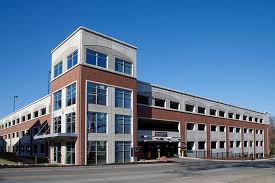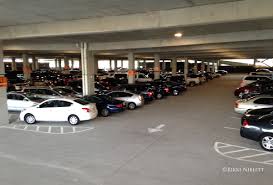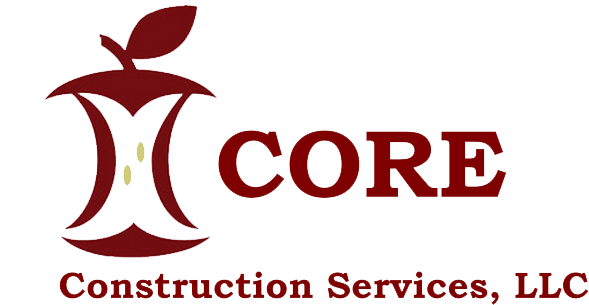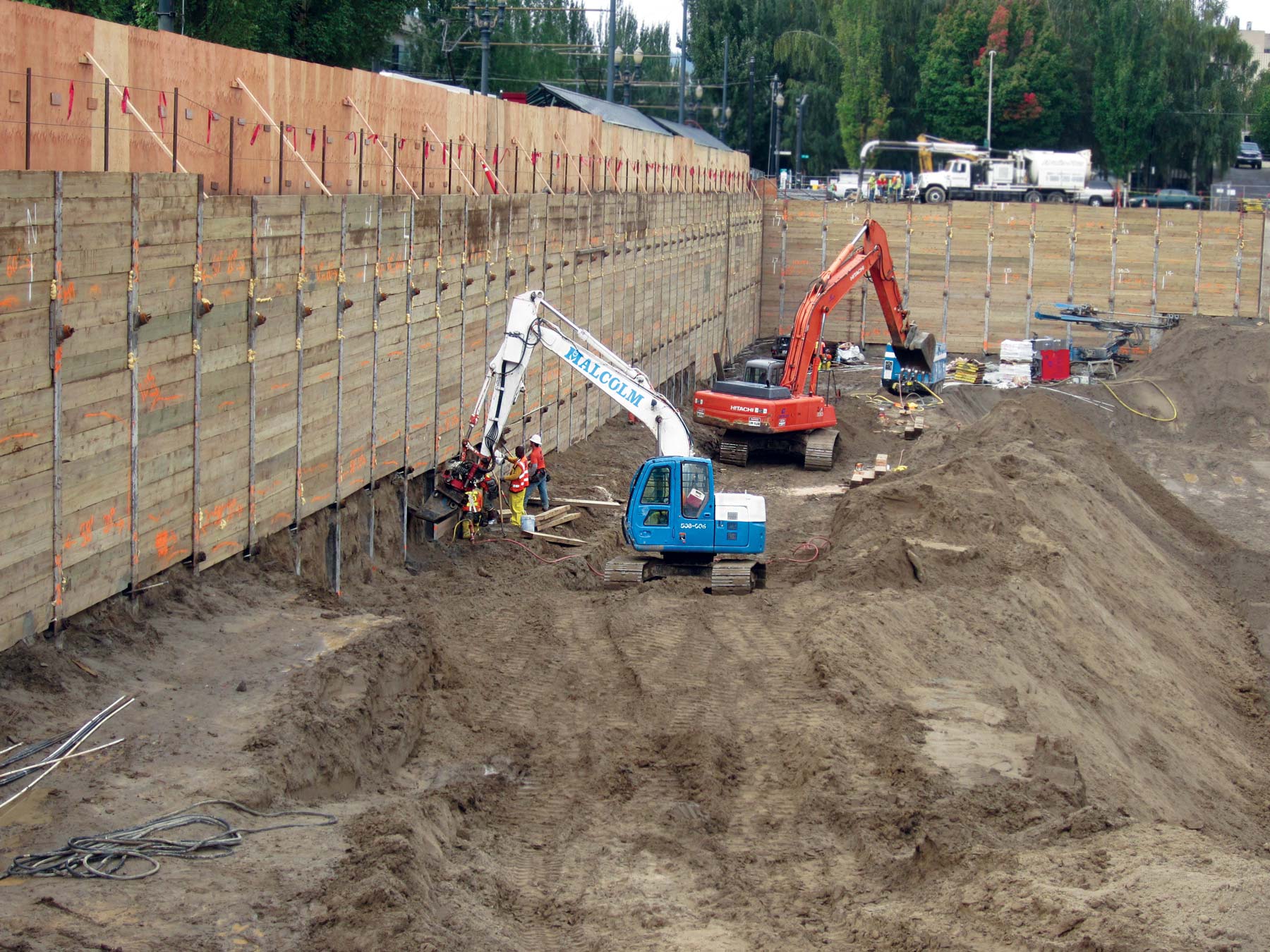Spending money on constructing parking is one of the biggest decisions that an owner can face. The cost of parking can have a substantial impact on the financial aspect of a project. As an example, the square footage for parking each car is generally more than one person takes up for his or her office.
Below are the top 10 issues that affect how much it costs to build a parking space.
1- Geography – Where the project is located has an effect on the cost of parking. Construction costs vary by location due to regional factors such as the cost of labor and availability of materials. In addition, factors such as higher seismic regions and soil conditions have a large impact on cost.
2- Number of parking levels – In general, a larger-footprint parking structure that is shorter will cost less per parking space than a taller structure with a smaller footprint. The cost per square foot of the first level that is on the ground is less than levels that are elevated above the ground. A lower-height, larger-footprint structure will have a higher proportion of the cost in the first level. The taller a structure is the heavier it is, and this affects the foundation cost. A taller structure generally has a less efficient parking layout, which translates into more square feet for each parking space.
3- Parking below-grade – Parking below-grade is much more expensive than parking above-grade. A parking structure that is five levels above-grade may cost, say, $50 per square foot. If this same structure is depressed one level into the ground, the cost can increase approximately $15.00 to $57.50 per square foot. If you take that same structure and put two levels below ground, the cost increases even more because of the impacts of having to dig deeper. This cost would then be around 45% higher than the original cost or approximately $72 per square foot.
4- Structural system – 60% to 70% of the cost of parking is in the structural system. Therefore, the selection of the framing system will have a significant effect on the cost of each parking space. There are two general types of framing layouts and there are different types of structural systems. The two types of framing layouts are short-span and long-span. Short span is where you have a column approximately every three parking spaces (27×30 feet square) to support the floor slab. Long-span is where you have columns spaced 60 feet apart, with beams spanning over the stalls and the drive aisle. Generally, short-span systems cost less per square foot, but the efficiency is not as good. Long-span systems cost more per square foot, but you are getting more stalls in the same square footage. The structural system of a parking structure can be either Cast-in-Place Concrete, Precast Concrete or Structural Steel. Which system is more cost effective depends on the location of the project and the preferred methods of construction in the region. This is a case-by-case analysis. The selection of a system that is not common in the area will generally cause the structure to cost more.
5- Foundation – Since the structural system is such a high cost of the project, the foundation system has a large impact on the cost of structured parking. Structures built in areas with poor soil conditions that require more expensive, deeper foundation systems will cost more. The difference between a shallow and deep foundation system can increase the price approximately 10% overall – taking the cost from, say, $50 to $55 per square foot.
6- Architectural façade treatment – The appearance of a parking structure is important to the surrounding environment. The cost of making that structure more pleasing can have an effect of up to 15% on the cost of the parking space. If you can use the structural system to create the architectural look, the cost per square foot will be less, because the structural system is such a large cost of the project. However, the use of additional architectural elements on top of the structural system will increase the cost. If the architectural design creates an inefficient structural system, then you will hit the top end of the price range.
7- Total parking spaces – The overall size of a project has an effect on the cost per parking space. A smaller project will cost more per space than a larger project. A 200-stall parking structure on a small site may cost about 30% more per square foot than a 1,000-stall structure on a “reasonably” sized lot.
8- Efficiency – This is the amount of square footage it takes for every parking stall overall. The cost of a parking space is the cost per square foot times the square foot per parking stall. So, the more square feet you have to build per stall will increase the cost per stall. For example:
• Typical efficiencies for short-span structures: 330-390 sf/stall
• Typical efficiencies for long-span structures: 300-340 sf/stall
• Efficiencies for mixed-use structures can be well over 400 sf/stall
• The more square feet you build for each stall, the more expensive it will be.
For example: Assume the structure costs $45/sf and there are 500 stalls:
a- 330 sf/stall * 500 stalls = 165,000 sf * $45/sf= $7,425,000
b- 360 sf/stall * 500 stalls = 180,000 sf * $45/sf= $8,100,000
c- This is a difference of $675,000, or $1,350 per stall!
9- Added items –Program elements added to parking will increase the cost per stall. Items such as a photovoltaic system covering 50% of the top level can add approximately 25% to 30% to the cost per square foot of the building. There may, however, be operational cost savings that can support this increase. A mixed-use component in the project will increase the cost per stall. It will usually impact the efficiency, and the structural framing system, which, as described above, have a large effect on the cost. Special site conditions such as the need to reroute utility lines or perform substantial demolition will increase the cost.
10- Market conditions – As we have seen over the last few years, the cost of parking can be affected by market conditions. Costs can go both down and up. The swing can be 10% or more. A normal bid market will generate four to six bids from qualified contractors. An aggressive bid market might see 10 or even more bids, some not necessarily from qualified bidders. This will cause the price to decrease but can create concern if the bidders are not qualified. An impacted bid market might see one to three bidders and price increase due to lack of competition.
Taking the time to strategize the approach to your structured parking project will increase its chances for success and could generate a savings if applied during the early phase of design.



